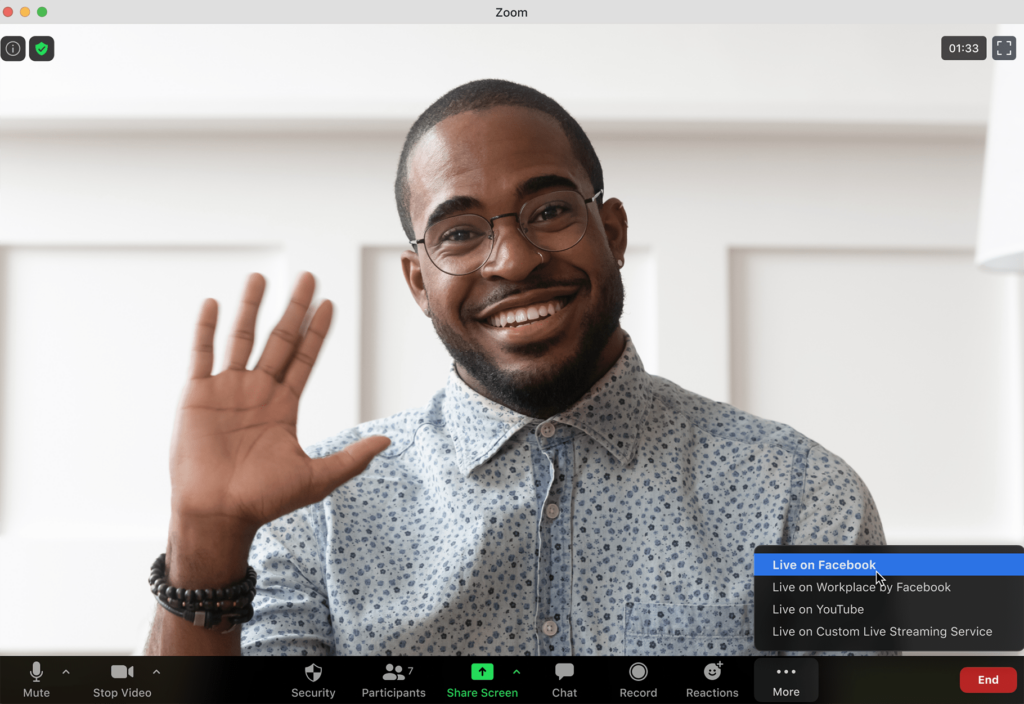This article has been reposted from UCToday. See the source article here.
Video is everywhere.
For years, communication experts discussed the potential of video as the new central form of communication. Video brings additional depth to human connection in a digital world, and it’s of the closest alternatives to face-to-face communication we can access.
Although many organisations have been exploring video for some time, 2020 was a significant turning point for the medium. Around 30% of worldwide organisations started using web conferencing solutions for the first time during the pandemic. What’s more, around 66% of executive view things like video conferencing as crucial parts of day-to-day communication.
Of course, there’s a big difference between simply enabling video in your business landscape, and creating an environment where video comes first.
Why Embrace Video-First Communication?
We know now, more than ever that good communication is key to the success of any business environment. The number of tools that employees have to stay connected is expanding, from emails to instant chat solutions. However, in the age of remote work, some communication methods are more effective than others. For instance, when the average employee receives 94 emails a day, it’s easy to miss important messages.
Video also has the added benefit of creating emotional connections between team members. In the new age of hybrid work, video is one of the best ways to maintain intimate interactions that mimic face-to-face conversations.
According to some studies, employees are up to 67% better at completing tasks when they’re given visual information alongside audio or text – making video a more compelling way to assign projects. Human beings also absorb information up to 7% faster through video.
So, how do you switch to a video-first model?
1. Setting Communication Guidelines
First, provide your employees with insights into how they should be communicating. A video-first culture doesn’t have to mean that you use video for every message or meeting. However, it does mean that video often comes before an audio call.
Offer team members tips and instructions on how to use video solutions. For instance, if someone just wants to let their supervisor know that they’re nearly done with a project, they can send a quick message. If they want to discuss what’s happening within the project, and what they’ve accomplished so far, they switch to video. Your policy should include information like:
- Which video tools to use: Keeping everyone in a shared environment will make communication much easier. Let your employees know which video tools are safe to use, and which they should avoid. This may involve delivering software subscriptions to members of hybrid staff, such as Microsoft Teams accounts, or Zoom credentials
- Implementing the right hardware: Ensure that all your team members have the right hardware to get involved with video conferencing. Your remote workers shouldn’t be left out of the experience because they don’t have a webcam or the right microphone available
- Provide best practice guidance: Offer employees tips and guidance on how to use video effectively. Information on how to share screens, or make sure that they’re using a VPN for a meeting will be helpful to your teams
Additionally, it will be crucial to think about how you can add video to your existing environment in the most seamless way possible. Integrations with existing UCaaS and contact centre tools will make it much easier for teams to jump onto videos as a natural part of the workday.
2. Use Video Regularly
When you’re implementing something new into your company culture, practice makes perfect. The more your team members use video to connect and collaborate, the more comfortable and familiar it will become. Once you’ve ensured that your staff has everything they need to engage in video messages, start encouraging them to use the software more regularly.
Have regularly scheduled video calls with employees on a weekly basis to check-in and see how everyone is doing. Provide extra training and support for people who feel uncomfortable using certain parts of your video software and ensure that you have a way to answer common questions.
Once your video solution is up and running, make sure that managers and supervisors are practising what they preach. Employees are more likely to embrace video if they see that team leaders are consistently scheduling video meetings, rather than audio calls.
Having a system in place where you can track video conferencing adoption, and keep an eye on usage might be helpful, as it will show you whether your teams are actually making the shift. You can also ask for regular feedback from your employees, for insights into what they like and dislike about communicating via video.
3. Protect Your Business and Customers
Finally, making your company video-first means that you use video whenever possible to enhance conversations. This doesn’t just include adding videos to conversations between staff members. It could also mean that you use video more frequently with your customers too. It’s much easier to deliver a personalised experience through video. Plus, video may make it easier for you to access extra visual and contextual information about a client’s problems.
However, when you’re using video for everything from presentations to client conversations, it’s crucial to be well-protected. Team leaders will need to think carefully about how they can ensure their video meetings remain safe and encrypted, no matter where people are logging in to chat.
Having the right strategies in place for privacy and security will be a must-have in the age of the video-first business. Teams will also need to think about things like compliance recording, and how they can ensure they’re collecting the right information safely. Integrations with existing secure solutions will make it easier to collect data from the full communication environment safely.
The Future is in Video
As we continue to embrace an environment where employees can work from anywhere, video-first communication cultures will become increasingly popular. Video adds another level to remote communications, allowing for facial expressions and body language to come back into the conversation. However, just like anything else, adapting to video-first will require the right strategy. The future is in video, so make sure your team is ready.


